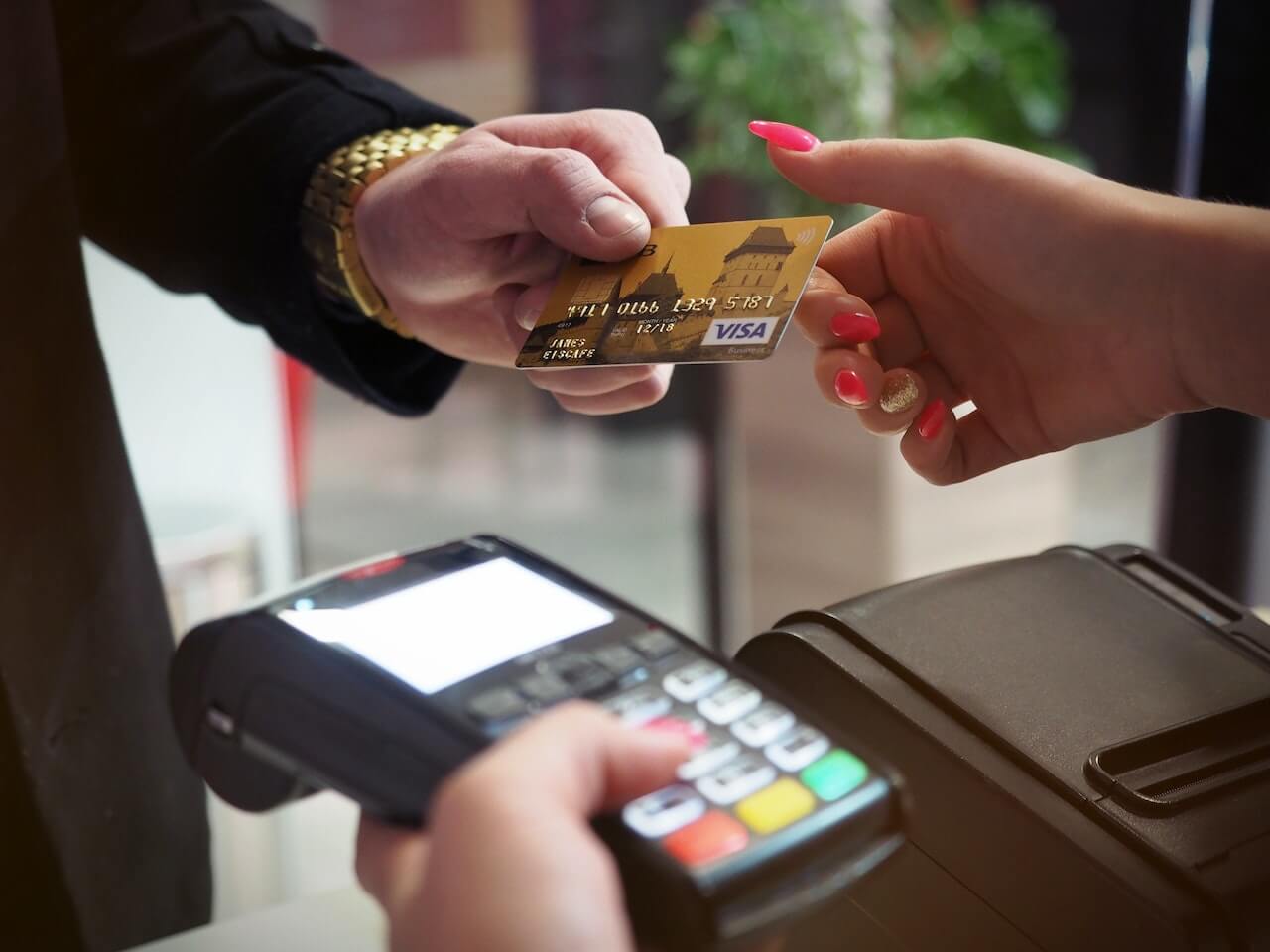The product positioning strategy is the cornerstone of any effective go-to-market plan. It’s the crucial component that helps establish a clear brand and product image in the minds of potential customers. It also sets the company apart from its competitors, highlighting its competitive advantage. In this blog, we’ll be exploring the importance of having a clear positioning and messaging, connecting the dots with the rest of the go-to-market strategy blog series.
What you will learn from this post:
Explore more
- The role of market research and customer insights in shaping positioning and messaging strategy.
- The customer’s personas, pain points, and buying motivations as key steps in developing a unique value proposition
- The importance of consistent brand messaging across all marketing channels
- Guidelines for creating a brand and product messaging
- The impact of effective market positioning and messaging strategies on customer acquisition, engagement, and retention.
We’ll look at Airbnb, a prime example of a company that leveraged strategic positioning and messaging strategies effectively to drive business growth. We’ll draw key takeaways and lessons learned from the case study.
Throughout the blog, I will interchangeably use product and brand (e.g. product positioning statement and brand positioning statement). This approach works for companies that have one single product that overlaps with the brand. When a portfolio of products or solutions is present, a distinction between the two concepts is necessary. The brand position will act as an umbrella, supporting the more specific product positioning strategy. I will cover this in a dedicated section on branding.
What is a Positioning Strategy?
Positioning strategies refer to the various methods a company can use to communicate product features and benefits in order to make a lasting impression on the target market. The goal of these strategies is to position the brand, product, or service in the minds of consumers in a way that sets it apart from the competition and makes it appealing to potential customers.
There are several different types of positioning strategies that a company can adopt, including
- functional positioning
- emotional or experiential positioning
- price positioning
- quality positioning
Each strategy is focused on emphasizing a specific aspect of the brand or product in order to establish a unique identity and appeal to a particular target market. To determine the most effective positioning strategy for your company, it’s important to understand your target audience. That will be achieved by researching the competition and analyzing customer insights and buying behaviors.
Understanding Customer Needs and Buying Behaviors
A deep understanding of customer personas, pain points, and buying motivations is critical. That will help develop messaging and positioning strategies that resonate with the target audience. It is essential for product managers and product marketing managers to identify what drives customer behavior. Knowing what their wants and needs are, and what their pain points are is a must for creating a value proposition that truly addresses their needs.
For example, Airbnb’s market research revealed that people look for unique and local experiences when traveling. This determined their product positioning strategy and messaging of offering unique travel experiences. By understanding their customers’ needs, Airbnb was able to build a unique value proposition that effectively differentiated them from traditional hotels and online travel agencies.
Therefore, a thorough understanding of customer needs and buying behaviors is the foundation for developing a messaging and positioning strategy that will resonate with your target market. It is also the basis for crafting a unique and effective brand positioning.
Developing a Unique Value Proposition
The Unique Value Proposition (UVP) or Unique Selling Proposition (USP) is at the core of any positioning strategy. The UVP/USP is a statement that clearly defines what makes your brand or product different and better than your competitors. It communicates the key benefits that your customers should expect to receive from choosing your product and brand over others. A compelling UVP/USP not only defines your competitive positioning and helps you stand out in a crowded market. It also guides your product development and marketing efforts.
To craft a UVP, you need to first understand your target customers and their pain points. There are various tools and techniques that can be used, including primary and secondary market research, user interviews through your customer service, surveys, etc. Once you have a clear understanding of your target market, you can begin to articulate how your brand addresses those needs in a unique and compelling way. Here are the steps to crafting a product or brand positioning statement:
- Identify your target customers: Who are you trying to reach with your product? What are their pain points and needs?
- Research your competitors: What are your competitors offering to solve similar customer problems? What are their strengths and weaknesses?
- Define your brand’s unique differentiators: What makes your brand or product different and better than your competitors? This can include factors such as quality, price, features, service, and customer experience.
- Articulate your UVP/USP: Sum up your unique differentiators in a concise, clear statement that communicates the key benefits your customers can expect to receive from choosing your product.
A strong UVP can have a significant impact on brand identity, customer engagement and sales. By clearly communicating the key benefits of your brand you can attract and retain more customers, build customer loyalty, and grow market share. So, take the time to develop a compelling UVP that highlights your competitive advantage.
Building a Consistent Brand Message
Although your brand and product will overlap quite a bit, even if the company has one single product, the brand and the product are not exactly the same. Your branding is what sets your company apart and represents the essence of your business to your target audience.
To create a consistent brand message, it is helpful to create a messaging guide that outlines the tone, voice, and messaging for your company. This guide should be used by all members of your marketing and communications team to ensure that your brand and also product message is consistent across the marketing mix.
In this section, we will provide guidelines for creating a communication guide that reflects your positioning strategy.
Define Your Target Customer. Start by defining your target customer, including their age, gender, location, interests, and pain points. This will help you to create messaging that resonates with your target audience and meets their specific needs.
- Define Your Unique Value Proposition. As previously stated, your unique value proposition is what sets your company apart from your competitors. It should be clear and concise, highlighting the benefits that your company offers to your target customers.
- Develop Your Brand Voice and Tone. Your brand voice and tone should reflect the personality of your company and be consistent across all marketing channels. Consider using words that convey your brand values and reflect the tone that you want to convey to your target audience.
- Create Key Message Points. Identify the key points that you want to communicate to your target audience through your messaging. These points should highlight the benefits of your company and the solutions that it offers to your target customer’s pain points.
- Review and Refine Your Messaging. Regularly review your messaging to ensure that it is consistent, relevant, and resonates with your target audience. Continuously gather feedback from your target customers and make changes as needed to improve your messaging and build stronger customer relationships.
By following these guidelines, you can create a consistent brand message that resonates with your target audience and acts as a foundation for your overall marketing strategy.
The Airbnb Case Study
Airbnb is a prime example of a company that leveraged an effective product positioning strategy to drive business growth. When the company first entered the market, the traditional hotel industry was dominating the travel and accommodation sector. Airbnb recognized that there was a gap in the market for travelers seeking a more authentic, localized experience when traveling.
By strategically positioning itself as the go-to platform for unique, local travel experiences, Airbnb was able to differentiate itself from traditional hotels. It taped into a new market of travelers who value authenticity and local connections. The company’s messaging consistently communicated this positioning. It emphasized the personal touch and local flavor that set Airbnb apart from other travel options.
Through its brand positioning strategy, Airbnb was able to build a loyal customer base. It also established itself as the leading player in the sharing economy. The company’s focus on unique and local experiences also helped it to attract new customers who were seeking an alternative to traditional hotels.
Key Takeaways:
- A clear understanding of customer needs and buying behaviors can inform a positioning and messaging strategy.
- A unique value proposition can differentiate a brand from competitors and attract new customers.
- Consistent brand messaging across all marketing channels can build customer trust and loyalty.
- The Airbnb market positioning example demonstrates the impact of effective positioning and messaging on business growth.
In conclusion, having a clear positioning and messaging strategy is essential for the success of any go-to-market efforts. By conducting market research, understanding customer needs and buying behaviors, and crafting a unique value proposition, you can effectively position your brand in the minds of consumers. Maintaining a consistent brand message across all marketing channels helps to build customer trust and loyalty.
As marketers, it’s crucial to keep these principles in mind when developing a go-to-market strategy. Focusing on positioning and messaging, accelerates customer acquisition, drives engagement, fosters retention, and ultimately helps achieve your marketing goals.
The blog has covered key points related to positioning and messaging strategies, including the definition, importance, customer understanding, unique value proposition, and consistent brand communication.




